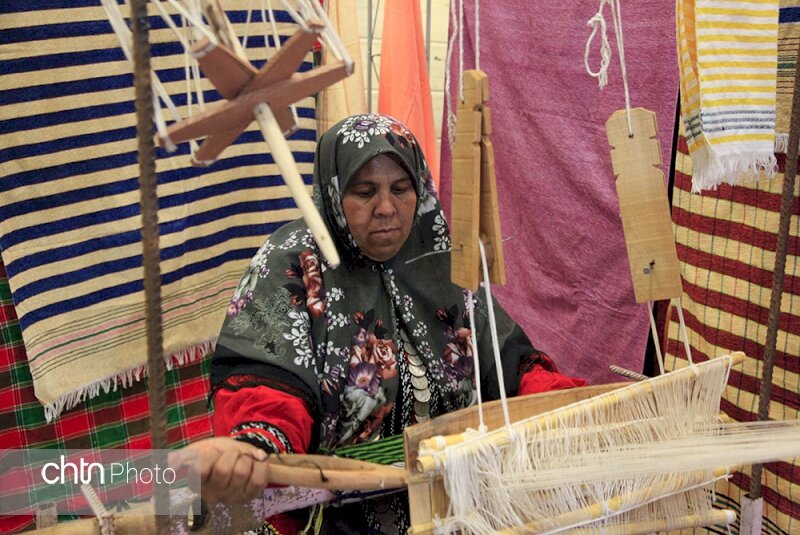Home-based handicrafts businesses in Gorgan receive support

TEHRAN – Eligible crafters, who are running home-based businesses across Iran’s northern city of Gorgan, have received financial support from the government.
Some 1.9 billion rials (over $45,000 at the official exchange rate of 42,000 rials per dollar) has been paid in loans to the crafters in Gorgan during the first nine months of the current Iranian calendar year (March 20-December 20, 2020), Gorgan’s tourism chief said on Monday.
This amount of money has been paid to the crafters and artisans, who developed handicrafts-related home-based businesses, Javid Imanian said.
As various fields of handicrafts are being practiced across the city, supporting and developing home-based businesses and handicrafts workshops could lead to generating job opportunities and better income for the crafters, the official added.
With 14 entries, Iran ranks first globally for the number of cities and villages registered by the World Crafts Council, as China with seven entries, Chile with four, and India with three ones come next.
In late January, the cities of Shiraz, Malayer, and Zanjan and the village of Qassemabad were designated by the WCC- Asia Pacific Region, putting Iran’s number of world crafts cities and villages from ten to 14.
Shiraz was named a “world city of [diverse] handicrafts”. Malayer was made a global hub for woodcarving and carved-wood furniture. Zanjan gained the title of a “world city of filigree”. And Qassemabad village, which is nationally known for its traditional costumes, was also promoted to a world hub of handicrafts. Chador Shab, a kind of homemade outer-garment for women, was, however, the main subject for the WCC assessment for the village.
Back in May, deputy tourism minister Pouya Mahmoudian noted that due to the outbreak of coronavirus, suitcase exports of handicrafts were completely stopped since the month of Esfand (the last month of the year), and official exports of handicrafts experienced a steep decline.”
“Some 295 fields of handicrafts are currently practiced across Iran with more than two million people engaging, majority of whom are women… Handicrafts also play an important role in the economy in our rural villages,” she said.
Iran exported $523 million worth of handicrafts during the past calendar year 1398 (ended March 19). Of the figure, some $273 million worth of handicrafts were exported officially through customs, and about $250 million was earned via suitcase trade (allowed for customs-free and tax-free transfer) through various provinces, according to data provided by the Ministry of Cultural Heritage, Tourism and Handicrafts.
Ceramics, pottery vessels, handwoven cloths as well as personal ornamentations with precious and semi-precious gemstones are traditionally exported to Iraq, Afghanistan, Germany, the U.S., the UK, and other countries.
ABU/AFM
Leave a Comment